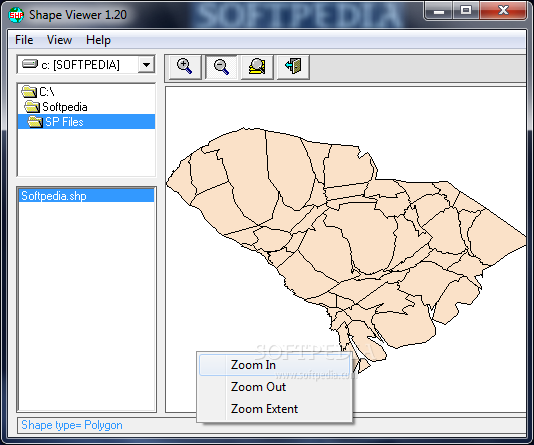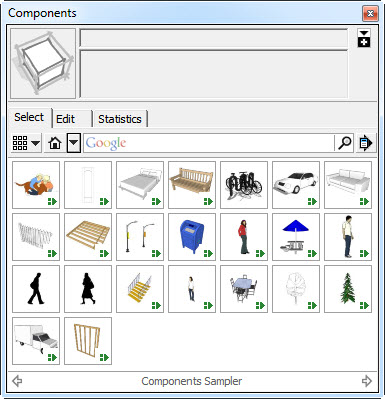

- #Free sketchup make components how to
- #Free sketchup make components install
- #Free sketchup make components download
- #Free sketchup make components free
Watch basic use of the Engineering ToolBox extension in YouTube How to add the Engineering ToolBox Extension to your SketchUp Basic Use of the Engineering ToolBox Sketchup Extensionįrom within Sketchup - open the Engineering ToolBox extension, navigate to component and select insert! - and the component will be added to your model.
#Free sketchup make components install
You need to install a local version of SketchUp Pro (paid) or Sketchup Make 2017 (free) if you want to use the Engineering ToolBox extension.
#Free sketchup make components free
Note! - SketchUp Free and Sketchup Shop (the web apps) can't use extensions.
#Free sketchup make components download
If you don't have Sketchup installed on your computer - download the amazing FREE SketchUp here! Insert standard and customized parametric components - like flange beams, lumbers, piping, geometric figures, function curves, stairs and more - to your Google SketchUp models with skp component from the internet by adding the component url use this feature to add a box to the model Insert external Component Insert! red (width) green (depth) blue (height) use this feature to add vertical a reference plane Insert Box Insert! red (size) green (horizontal position) blue (vertical size) Insert! red (horizontal position) green (size) blue (vertical size) use this feature to add a horizontal reference plane Insert Vertical Plane Insert! red (size) green (size) blue (vertical position) Insert! - use this feature to add a reference line Insert Horizontal Plane Handy when working with non-default axis. You can change the position and angle of an inserting object by pre-selecting an existing object before Insert! The inserted object will inherit the position of the selected object. Move! - select two objects - then click "move" and one of the objects moves to the position and angle of the other object. YouTube demo of the Knife! Move an Object to another Objects Position After insert and customizing the knife - positioning it to the object(s) where to cut - select the object(s) (must be groups) - and click cut! Afterwards - select the object(s) and remove the parts of the object(s) that you don't want. You can also make your own Knife by naming a group "theKnife". inserts a "Knife" to cut in one or more objects.Ĭut! - before cut: customize the inserted Knife! The Knife is a group you can rotate, change the size of, and even add or remove objects within (example - add a function curve for an advanced cut). Tip! - Use "Make Component" to save space and reduce computer load when working with multiple copies.

Make advanced geometric constructions with multiple selections, multiple copies and the offset. move or copy (multiple) selected objects. copies red green blue (offset from current position Very handy for objects with curved surfaces like pipes, elbows. Rotate Object(s)ĭegrees around red, green or blue axis! (select object(s) first). Tips! Rename the object to its final name before making it a component (in outliner or with right click and entity info).

You should transfer a group to a component sharing the same definition when there is more than one instance of the same object. Note that all objects from the Engineering Toolbox are inserted as individual groups. Make! - makes a component of the selected object. Iso! - top! - front! - right! - left! - back! - bottom! Make Component EditĬhange color! - of the selected object(s) - may be slow for some more complicated objects (save your model first!) View Install the extension as described in the right column - restart Sketchup and open this tool from the Sketchup Plugins menu. NOTE!! - the "insert!" and the Tools features only works when the engineeringtoolbox exension is opened from within SketchUp.


 0 kommentar(er)
0 kommentar(er)
